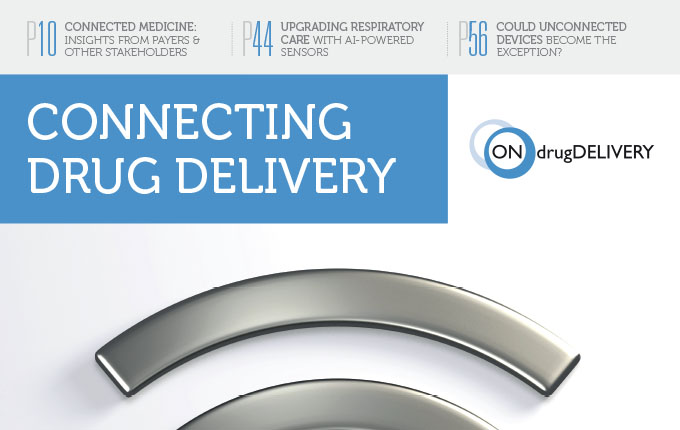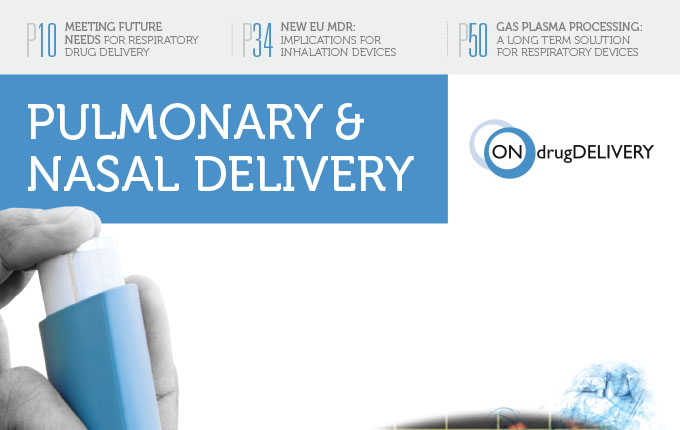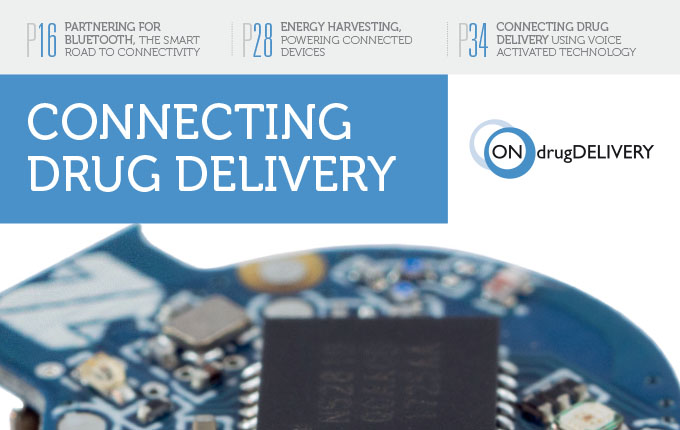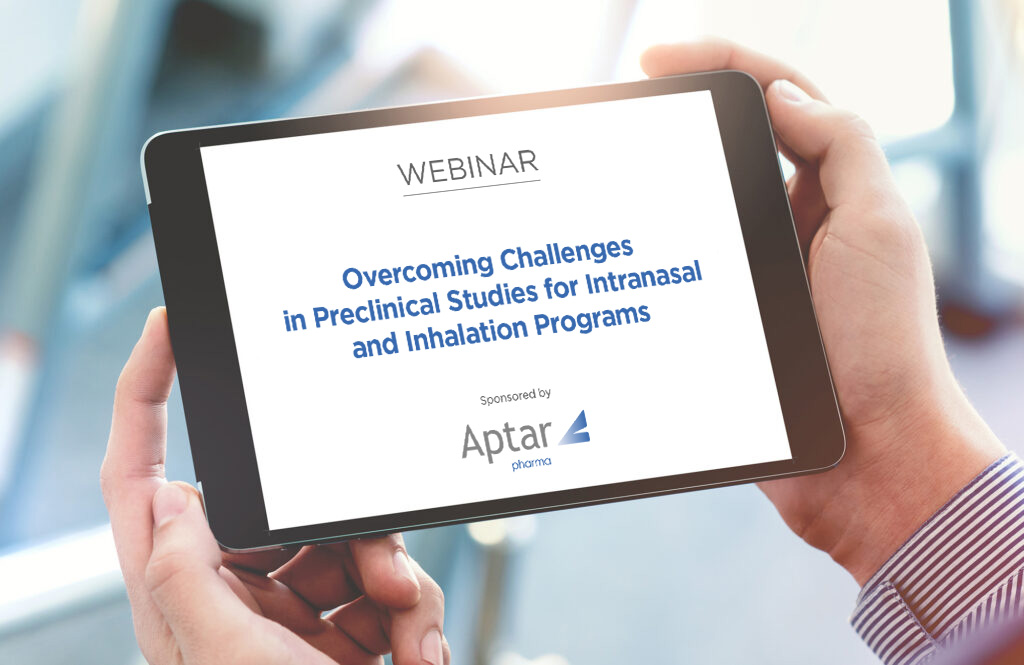This recent webinar shed light on this critical area, focusing specifically on the challenges and opportunities presented by nasal drug delivery systems in the context of preclinical pulmonary and nasal drug studies.
Nasal drug delivery, including intranasal drug delivery systems like fine mist sprayers, offers a unique and promising route for administering medications, particularly for targeting conditions affecting the respiratory system or for systemic drug delivery through the rich vascularization present in the nasal cavity. This webinar reviewed the intricacies of choosing and implementing delivery systems in preclinical studies, emphasizing the role these systems play in the overall success and reliability of the research.
The discussion began by exploring the existing delivery strategies for pulmonary and nasal drug delivery across different animal species, an essential consideration given the physiological differences that can impact the efficacy and safety profiles of the drugs being tested. Special attention was given to the administration of drugs to small animals, such as mice and rats, which poses specific challenges due to their size and the need for precise dosing. The webinar highlighted the pros and cons of various administration methods, underscoring the importance of selecting the most appropriate technique based on the study’s objectives and the characteristics of the drug product.
A significant portion of the webinar was dedicated to examining case studies that employed novel insufflators and microsprayers for intranasal drug delivery. These innovative tools represent a leap forward in the field, offering enhanced precision, reduced wastage, and improved drug absorption rates compared to traditional methods. The fine mist produced by these sprayers ensures a uniform distribution of the drug across the nasal mucosa, potentially increasing the drug’s bioavailability and therapeutic efficacy.
The benefits of these novel nasal drug delivery platforms were discussed in detail, including their ability to facilitate targeted drug delivery, minimize systemic side effects, and improve patient compliance, especially in populations that may have difficulties with more conventional routes of administration, such as oral or injectable options. Moreover, the webinar provided insights into the strategies for designing preclinical programs that incorporate these advanced delivery systems, emphasizing the need for a multidisciplinary approach that includes pharmacologists, toxicologists, and formulation scientists to ensure the success of these studies.
To summarize, the webinar on preclinical testing of medicines, with a focus on nasal drug delivery, highlighted the critical role of drug delivery systems in the development of safe and effective pharmaceuticals. The discussions underscored the need for innovation and standardization in the selection and use of nasal drug delivery technologies within preclinical studies. By leveraging advanced delivery methods like fine mist sprayers and exploring the potential of novel insufflators and microsprayers, researchers can overcome the challenges associated with intranasal drug delivery to small animals, ultimately paving the way for more effective and patient-friendly therapeutic options. As the pharmaceutical industry continues to evolve, the insights provided in this webinar could contribute to the advancement of drug development processes, particularly in the realm of pulmonary and nasal drug delivery systems.
Learn more about Aptar Pharma Expertise
in Nasal Drug Delivery
Learn more about Aptar Pharma Expertise
in Inhalation Drug Delivery
This Might Also Be of Interest

Aptar Pharma provides guidance on FDA regulatory framework for OINDPs
Webinars, Pharmaceutical, Innovation & Insights, Market Insights, Product Solutions

Connected Medicine: Insights from Payers and Other Stakeholders
Publications, Pharmaceutical, Innovation & Insights, Drug Delivery Innovations, Brand Differentiation, Product Solutions

A track record of success for nasal drug delivery in drug repurposing
Publications, Pharmaceutical, Innovation & Insights, Drug Delivery Innovations, Brand Differentiation, Product Solutions

Connected Health – An Effective Solution to Improve Patient Adherence
Publications, Pharmaceutical, Product Solutions, Innovation & Insights, Drug Delivery Innovations, Brand Differentiation

